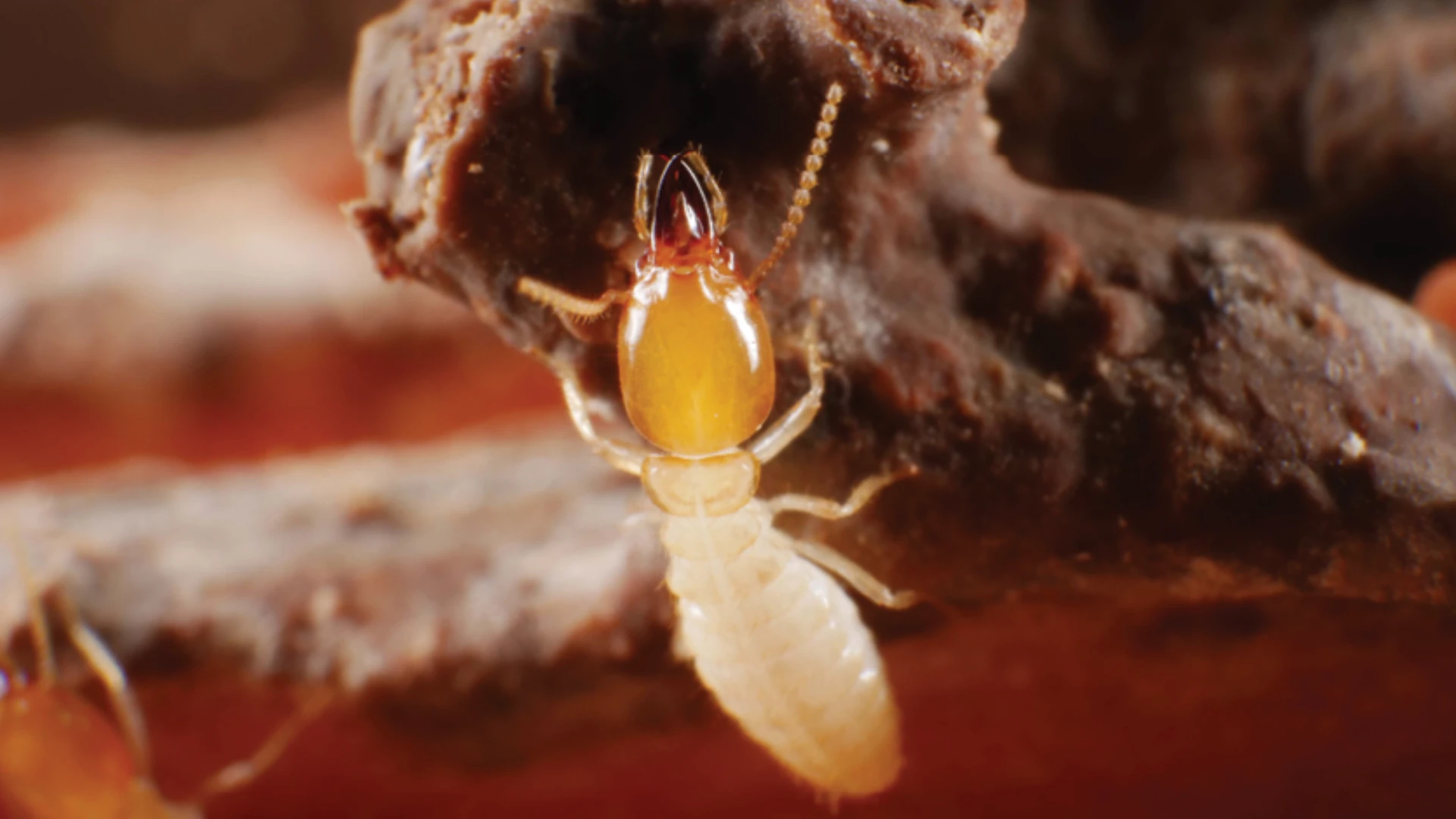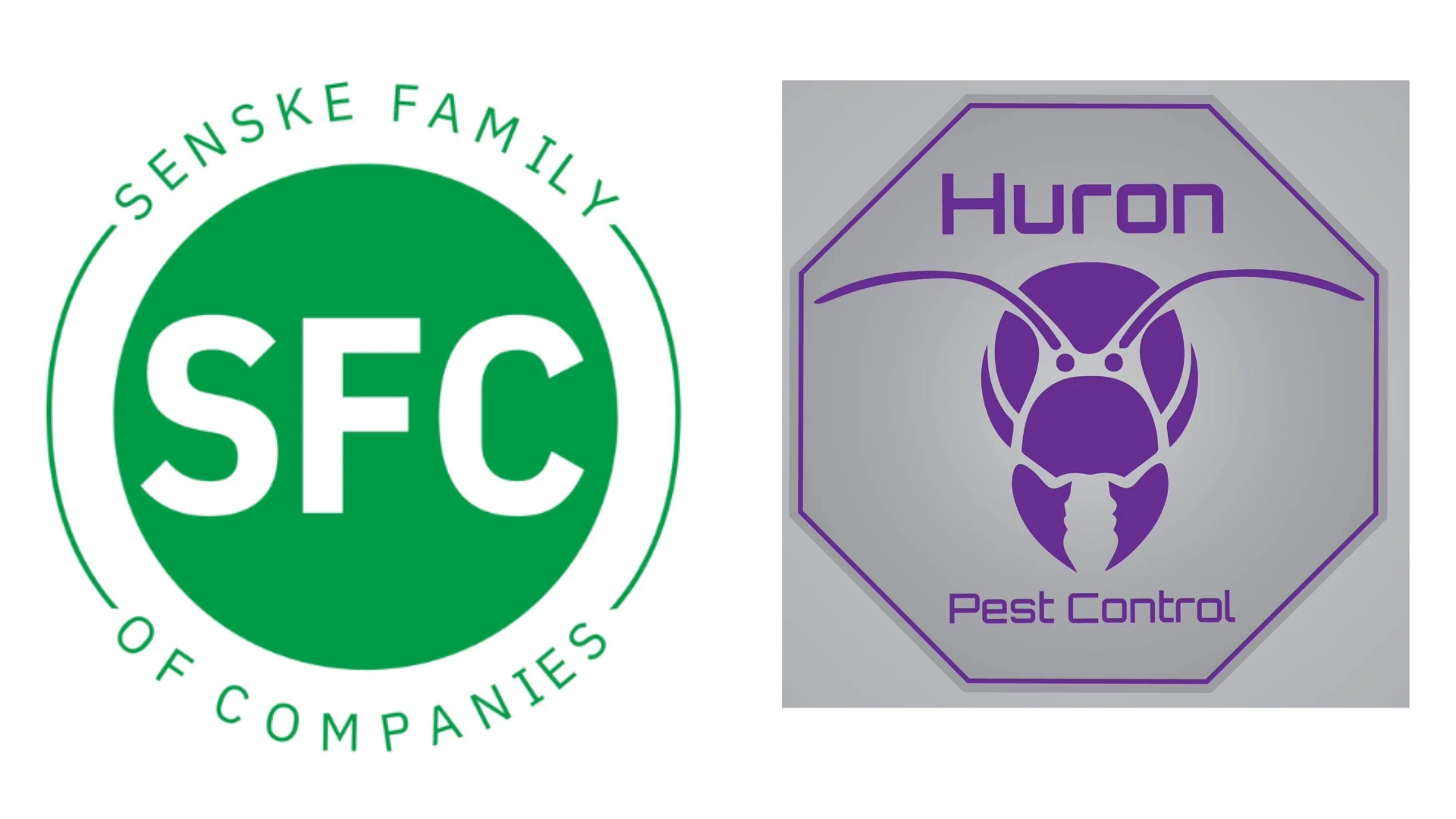Educational facilities can present some of the most challenging safety and maintenance issues due to the intricate nature of their environment, but their administrators typically don't recognize why they are at risk for bed bugs and are unprepared.
This presents an excellent opportunity for pest management professionals to step in and, once they are armed with some relevant background information about the school setting, offer appropriate monitoring and treatment options to really make a difference.
A Prime Target. Schools, universities and such are designed by necessity to accommodate the needs of students, faculty and others, and as a result, there are a host of areas that offer ideal harborage for bed bug infestations. Understanding what areas are at greatest risk, and knowing how to establish an intervention strategy, can be two invaluable capabilities for school facilities managers and administrators to have presented to them in order to minimize the potential for significant complications.
Schools are constantly faced with health-related issues. Head lice have always been a notorious challenge (aside from the germs and diseases transported by students on a daily basis). However, to help your school client prospects understand the reality behind the bed bug threat, a close look at the typical educational facility environment is the best way to help them in recognizing the problem.
Education facilities are different from other business or residence-type settings. First, hundreds or thousands of students come and go — through most of the hours of the day. Teachers, maintenance staff, nurses and medical staff, administrators and more are on site, with each of them serving as a potential transporter of bed bugs from their homes, offices or other locations.
 Administrators must be taught to understand that the transporting of bed bugs is the key issue because these blood-sucking parasites are notorious for their ability to hitchhike on people who become the unwitting contributors to an infestation. PMPs should share with educators that unlike some other pests that have suction cup-like coverings on the bottom of their "feet," bed bugs' feet are more like grappling hooks (tarsal claws). Looking under a magnifying glass can show how they can use these "hooks" to crawl over rough or textured surfaces to get almost anywhere. (See photo on right side.)
Administrators must be taught to understand that the transporting of bed bugs is the key issue because these blood-sucking parasites are notorious for their ability to hitchhike on people who become the unwitting contributors to an infestation. PMPs should share with educators that unlike some other pests that have suction cup-like coverings on the bottom of their "feet," bed bugs' feet are more like grappling hooks (tarsal claws). Looking under a magnifying glass can show how they can use these "hooks" to crawl over rough or textured surfaces to get almost anywhere. (See photo on right side.)
Root of the Problem. One of the most challenging realities is the lack of attention that is paid to the potential for infestations, or the unwillingness to take action. If schools have no plans in place to watch for infestations, that means that the effect of any early warning system is drastically reduced because the people who don't raise an alert about the infestation let it gain a foothold and then grow. This is an issue that PMPs need to communicate since people often assume it will happen to someone else first.
If, for example, staffers don't understand the implications of fecal stains, or the skins that are shed from the insects as they molt, then important signals are being missed. As a result, the problem goes on without recognition. One student might transport bed bugs to two others who, in turn, transport them to eight others and just like a virus, the infestation grows exponentially.
What's more, if early recognition is not being addressed, a further problem exists when someone who is not properly trained is conducting bed bug treatments. In one case in Florida, a school janitor actually purchased diesel fuel to use as an insecticide spray on beds and bed frames. As you might imagine, the potential for disaster in a case like this is enormous, not to mention the exposure to huge liability lawsuits.
These examples can serve as excellent motivational messages to get across the point that bed bugs cannot be ignored in school settings.
Conducting Internet searches on the subject and consequences of school bed bug infestations can further arm you with critical real-world examples to help document your case and add credibility.
Telltale signs. Helping to educate school facilities personnel about what bed bugs can do is another important approach.
In an educational facility care setting where students typically are there for extended periods, the presence of a rash might be viewed as a bed abrasion or skin discoloration. In fact, this can well be the result of bed bug bites. While the insects are not known to be disease carriers, they can produce allergic reactions in people who are susceptible, a particular complication for the ill or elderly.
According to a recent report from the American College of Allergy, Asthma and Immunology, bed bug allergic reactions are often untreated and misdiagnosed. For most people, bed bug bites may appear only as mildly itchy red. But, those who are allergic can experience intense itching, swelling, redness, hives, and blisters that can lead to infection. And, considering the immense growth rate of bed bug infestations across the country, there is no place for complacency.
Educational facilities not only have numerous locations to attract bed bugs, but they present excellent environments for them to flourish, including dorms, locker rooms, libraries and auditoriums. And, bed bugs reproduce rapidly, so once an infestation begins, even a small one, it is certain to grow. What's more, given their hitchhiking nature, if ignored they will quickly find their way to more of those perfect havens throughout a facility and its many rooms and buildings. In 2010, within the five boroughs of New York City, there were 336 reports of bed bug problems in schools for the school year. This was triple the amount of reports coming from the prior school year.
And, if this were not enough, there also have been reports by school officials of damage to classroom supplies such as books, office supplies and other such materials where the bed bugs established colonies. Others reported that post-treatment, and after residue was found, great amounts of teaching materials had to be thrown away. And, even more daunting is the fact that buildings, or sections of them, might need to be shut down and evacuated during the treatment process and to allow time for the pesticide to dissipate. Clearly, school officials won't want to be responsible for letting this happen on their watch.
What You can Offer. Helping to keep bed bugs from becoming a big problem begins with awareness and assuming a mindset focused on being proactive.
Training staff to recognize the myriad infestation risks that exist can motivate school personnel to be careful about what they bring into a facility.
According to Kevin Keane, vice president of sales for AP&G, Brooklyn, N.Y., "Monitoring for bed bugs is another critical step. By definition, bed bug monitoring means putting a strategy in place to watch for the invading insects even before they arrive," he said.
One of the newest developments in monitoring is a simple, cost-effective cardboard sheet that works as a "passive" device designed specifically for monitoring for bed bugs on a large scale as part of an inspection/prevention strategy. Key to its effectiveness is its design, which simulates the conditions that bed bugs consider "perfect harborage" — tight, dark tunneling and rough woodsy material. If bed bugs are nearby, they are drawn to the monitoring device and trapped in its patented dot-matrix adhesive. This system is designed to be one part of the overall strategy to combat and manage bed bugs. It can provide your customers with valuable information, such as where bed bugs may be harboring, and it can confirm beyond any doubt that bed bugs are present.
Putting this proactive step in place can be a valuable service you can offer to produce specific benefits, including:
- Help determine when bed bugs arrive at the earliest possible time
- Enable corrective steps to be implemented to intervene in the spread of the infestation
- Limit treatments to areas specifically affected
- Reduce the amount of pesticide application to the lowest effective level
This is critical because early management means inhibiting the growth of the problem before it gains a solid foothold.
 Aside from low-cost, passive monitoring devices, you might offer a selection of systems that utilize a battery and CO2 cartridge along with a chemical attractant. Other types of devices need to be plugged in in order to operate, and yet another device uses chemical products to attract bugs and draw them to a pitfall trap. This is in the form of a "ramp" on one side that is rough enough for bed bugs to crawl over, but includes a smooth surfaced, sharp drop-off on the other side that forces the bed bugs to slide into a container.
Aside from low-cost, passive monitoring devices, you might offer a selection of systems that utilize a battery and CO2 cartridge along with a chemical attractant. Other types of devices need to be plugged in in order to operate, and yet another device uses chemical products to attract bugs and draw them to a pitfall trap. This is in the form of a "ramp" on one side that is rough enough for bed bugs to crawl over, but includes a smooth surfaced, sharp drop-off on the other side that forces the bed bugs to slide into a container.
Regardless of the device used, the single best monitoring program is the physical inspection of critical areas, such as dorms, on a daily basis by the building superintendent staff, and on a periodic basis where the headboard is removed, carpet is pulled back, the mattress and box springs are inspected. (See photo above, on right side.)
Summary. Selling bed bug management services to school facilities can be an excellent way to broaden your market. Bed bug infestations are not a trivial matter, and should be a particular subject of concern for anyone involved in the management of education-oriented facilities. They must be taught that these parasites can be highly invasive and can cause health-related issues on a variety of levels. Training staff to help prevent inadvertent transportation of the insects can be a critical first line of defense. Additionally, establishing a bed bug monitoring program can help detect the presence of these difficult pests at the earliest possible moment and produce valuable revenue for the pest control service that takes advantage of this opportunity.
Editor's note: AP&G is the creator and manufacturer of the BDS Bedbug monitoring system. Learn more at www.catchmasterpro.com.
The author is an entomologist with PJB Pest Management Consulting. He can be reached at pbello@giemedia.com.

Explore the December 2011 Issue
Check out more from this issue and find your next story to read.
Latest from Pest Control Technology
- Webinar: Employee Incentives — Going Beyond the Annual Raise
- Pest Control Companies Helping Neighbors in Need Eradicate Bed Bugs
- Why Does Marketing Feel So Opaque?
- How Did This Pest Get Its Name?
- Rose Pest Solutions Honors Top Performers with Annual Chief’s Club Awards
- Doug Foster on Termite Control Equipment, Resources
- Pest Control Consultants Acquires EcoGuard Pest Control
- Pest Index Increased 9 Percent YOY in February







